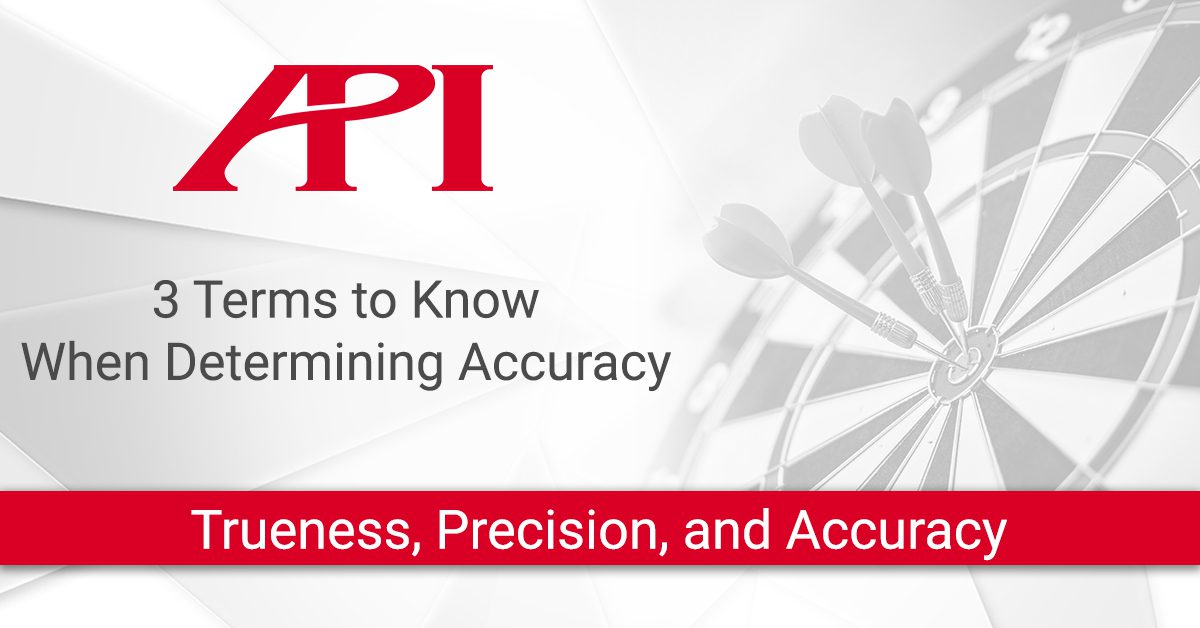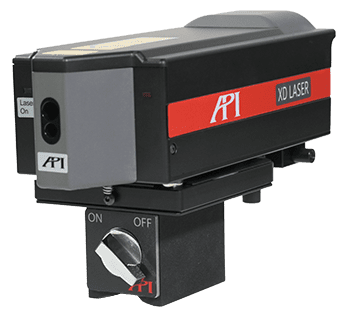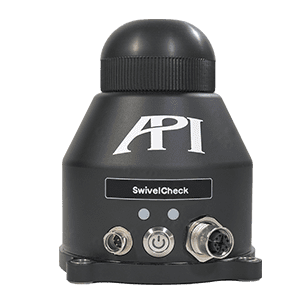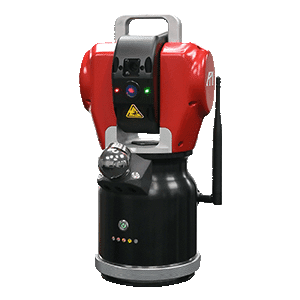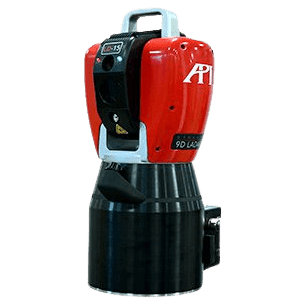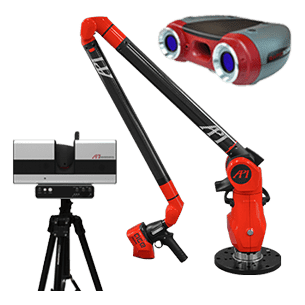The end goal of Metrology, as it is in Manufacturing and many other industries, is Accuracy. Measurement equipment cannot be depended on unless it is returning accurate numbers, and machined parts must be accurate to the model they were designed from. Yet, when we talk about accuracy, we often talk about it in terms of how it differs from precision. There are countless articles that ask, “What is the Difference Between Accuracy and Precision” and offer up similar answers. When you type accuracy into Google, “Accuracy vs Precision” is the second auto-complete suggestion. The prevailing narrative is that Accuracy and Precision are two different concepts for how we measure the correctness of something.
So, it may surprise you, as it did me, to learn that far from being a separate measure, precision is actually a key component of measurement accuracy, and that when we discuss accuracy vs. precision, we’re talking about accuracy in the wrong way. What we’re really comparing are Precision and Trueness, which are the essential components of Accuracy.
If we’ve been mislabeling these concepts, then we need to re-define what each one means, so we can examine how they all work together to ensure the quality of whatever item is being measured. And for that, we’ll turn to Working Group 2 of the Joint Committee for Guides in Metrology and their 2008 Dictionary of Metrology Vocabulary.
1. Measurement Trueness/Trueness of Measurement/Trueness
– Closeness of agreement between the average of an infinite number of replicate measured quantity values and a reference quantity value (p.21).
Measurement Trueness is the average distance between the measurement points taken and the exact position of the point in the reference model. While this sounds like our traditional definition of accuracy, the dictionary makes a note below the definition saying, “Measurement accuracy should not be used for ‘measurement trueness’ and vice versa” (p.21). What we have traditionally defined as accuracy as compared to precision is actually the trueness of the measurement.
2. Measurement Precision/Precision
– Closeness of agreement between indications or measured quantity values obtained by replicate measurements on the same or similar objects under specified conditions (p.22).
Measurement Precision is how close all of the measured points that are used to find the average Trueness are to each other. Again, the dictionary makes note that, “Sometimes ‘measurement precision’ is erroneously used to mean measurement accuracy” (p.22). This note shows how even though we are usually contrasting the two, we understand there is a close relationship between accuracy and precision.
3. Measurement Accuracy/Accuracy of Measurement/Accuracy
– Closeness of agreement between a measured quantity value and a true quantity value of a measurand (p.21).
This definition sounds very close to that of Trueness, which helps explain why we have so often conflated the two over the years. It is once again in the notes where this distinction becomes clearer. The second and third notes, respectively, say, “‘Measurement accuracy’ should not be used for measurement trueness and the term measurement precision should not be used for ‘measurement accuracy’, which, however, is related to both these concepts,” and “‘Measurement accuracy’ is sometimes understood as closeness of agreement between measured quantity values that are being attributed to the measurand” (p. 21).
The second note explains that Accuracy is related to both Precision and Trueness, even though it should not be used in place of either term. The third shows that for Accuracy there must be “closeness of agreement” between the measured values, meaning the measured points must be close to each other (Precise) as well as close to the reference model (True) in order to be accurate.
Essentially, Accuracy = Precision + Trueness.
And when we apply these definitions to a practical example, we see how they work together, not just for measurement, but for production as well. If I was machining legs for a table that needed to be exactly 28.75” (730.25mm) tall, my production and quality inspection methods would need to be precise and true to create table legs accurate to the design. If all of the legs are made 28.25” (717.25mm), then the machine was precise (because they were all the same), but my tables will be too short; the machine wasn’t true to the design, and therefore the table is not accurate. Similarly, if some of the legs come out at 28.25” (717.25mm) and others at 29.25” (742.95mm), the average trueness between legs will be the same [+/- .5” (12.7mm)], but the lack of precision between the legs will produce uneven, wobbly tables that are inaccurate to the design. It is only when the legs are manufactured closely to both the design (True) and each other (Precise) that we have made a table that is considered Accurate.
To recap, we typically discuss Accuracy and Precision in comparison with one another, to show the subtle differences we perceive between them. Our definitions of them, however, were flawed. The
Accuracy we were defining there is actually Trueness, and Precision (far from being contrasted to Accuracy) is a crucial component of Accurate production and measurement. In order to be Accurate, machined parts and their inspection measurements must be close to each other (Precise) and the model they were made from/compared to (True).



